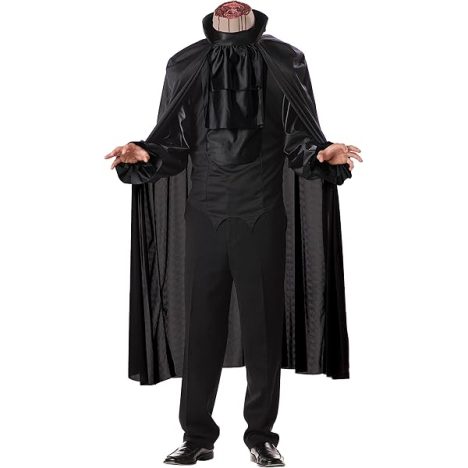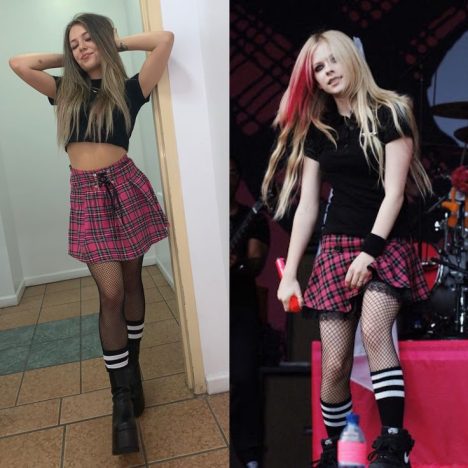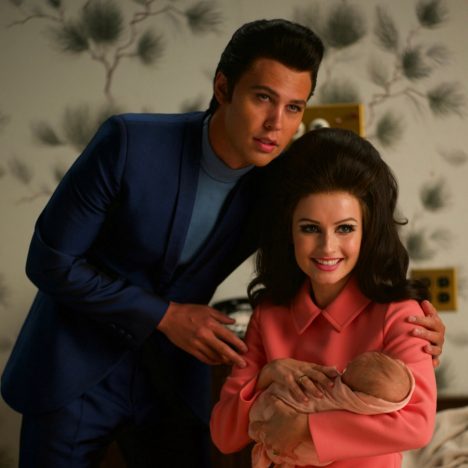Headless costumes, a peculiar and captivating form of theatrical and artistic expression, have intrigued and fascinated audiences for centuries. From ancient Greek tragedies to modern-day Halloween festivities, these costumes have served as a powerful tool for storytelling, symbolism, and emotional impact. This article will delve into the rich history of headless costumes, exploring their origins, evolution, and significance across various cultural and historical contexts.
Contents
- 1 Ancient Origins and Symbolic Significance
- 2 Medieval Theater and the Mystery Plays
- 3 Renaissance and Baroque Theater
- 4 The Headless Horseman and Other Folkloric Figures
- 5 Modern-Day Headless Costumes
- 6 Safety considerations of wearing a headless costume
- 7 The Significance of Headless Costumes
- 8 The psychology behind headless costumes
Ancient Origins and Symbolic Significance
The concept of headless figures can be traced back to ancient Greek mythology. Where certain deities and mythical creatures were depicted without heads. For example, the Gorgon, a fearsome monster known for her petrifying gaze. Was often portrayed as headless. In these ancient cultures. The absence of a head was often associated with death. Loss, or spiritual transformation.
The headless figure also appeared in religious rituals and ceremonies. In some cultures. The removal of the head was seen as a symbolic sacrifice or purification. The headless state could represent a severed connection to the physical world, allowing for a spiritual ascent or transformation.
Medieval Theater and the Mystery Plays
During the Middle Ages, headless costumes became a popular element in religious dramas known as mystery plays. These plays often depicted biblical stories. And the headless figure was frequently used to represent characters who had been beheaded or spiritually purified. The headless state added a dramatic and symbolic dimension to the performances, enhancing the emotional impact of the stories.

Renaissance and Baroque Theater
The Renaissance and Baroque periods witnessed a resurgence of interest in headless costumes. In these eras, theatrical productions often featured elaborate and fantastical elements, including headless figures. These costumes were often designed to shock and awe the audience. Creating a sense of mystery and intrigue.
One notable example is the ghost of Banquo in Shakespeare’s Macbeth. This character appears as a headless apparition, symbolizing the consequences of Macbeth’s regicide. The headless ghost serves as a haunting reminder of the past and a foreshadowing of future events.
The Headless Horseman and Other Folkloric Figures
Headless figures have also made their mark in folklore and mythology. The Headless Horseman, a popular character in American folklore. Is often depicted as a ghostly rider with no head. This figure is associated with Halloween and is seen as a symbol of death and the supernatural.
Other folkloric examples include the headless ghost of a condemned criminal or the headless warrior who has lost their head in battle. These figures often serve as warnings or cautionary tales, reminding people of the consequences of their actions.
Modern-Day Headless Costumes
In contemporary culture, headless costumes continue to be a popular and versatile form of expression. They are often used in theatrical productions. Halloween celebrations. And other forms of entertainment.
For example. Headless costumes have been used in modern dance performances to create a sense of abstraction and mystery. The absence of a head can interprete in various ways. Such as a symbol of anonymity. Loss of identity, or a connection to a higher power.

Safety considerations of wearing a headless costume
While headless costumes can be a visually striking and memorable choice for Halloween or other events, it’s important to prioritize safety when wearing one. Here are some key considerations:
Visibility:
- Limited Peripheral Vision: Headless costumes can significantly limit your peripheral vision, making it harder to see potential hazards. Be extra cautious when navigating crowded areas or uneven terrain.
- Nighttime Safety: If wearing the costume at night, consider adding reflective strips or lights to enhance visibility.
Breathing:
- Ventilation: Ensure the costume has adequate ventilation to allow for proper airflow. Breathing difficulties can be a serious concern, especially in hot or humid conditions.
Mobility:
- Restricted Movement: Headless costumes can sometimes limit mobility. Be mindful of your surroundings and avoid activities that could lead to falls or injuries.
Heat and Humidity:
- Heatstroke Risk: If the costume not well-ventilate. It can trap heat and moisture, increasing the risk of heatstroke. Stay hydrated and avoid wearing the costume in excessively hot or humid conditions.
Fire Safety:
- Flammable Materials: If the costume make of flammable materials. Exercise caution around open flames, heat sources, or fireworks.
Additional Tips:
- Test the Costume: Before wearing the costume in public, try it on indoors to ensure it fits comfortably and doesn’t restrict your movement or breathing.
- Buddy System: Consider wearing the costume with a friend or family member who can assist you and ensure your safety.
- Avoid Obstacles: Be aware of your surroundings and avoid obstacles that could cause you to trip or fall.
By following these safety precautions, you can enjoy wearing a headless costume without compromising your well-being.
The Significance of Headless Costumes
Headless costumes have a rich and complex history, spanning centuries and cultures. They have use to convey a variety of meanings. Including death, loss, spiritual transformation, and the supernatural. The absence of a head can be a powerful symbol, evoking emotions such as fear, awe, and contemplation.
Moreover. They can encourage us to think about the nature of consciousness, the human condition, and the mysteries of the universe.
The psychology behind headless costumes
Headless costumes, a peculiar and captivating form of theatrical and artistic expression, have intrigued and fascinated audiences for centuries. The absence of a head, a central feature of human identity and perception, creates a unique psychological impact. This article will explore the psychology behind headless costumes, examining how they evoke emotions, challenge our perceptions, and tap into deep-seated fears and desires.
The Uncanny Valley Effect
One psychological phenomenon that may explain the appeal of headless costumes is the uncanny valley effect. This theory suggests that as objects or characters become increasingly human-like, they evoke positive emotions until they reach a certain threshold. Beyond this threshold, the resemblance becomes so close that it becomes unsettling and even repulsive.
Headless costumes may fall within this uncanny valley. The absence of a head, a familiar and recognizable feature, can create a disquieting sense of familiarity and unfamiliarity. This dissonance can evoke a range of emotions, including curiosity, unease, and even fear.
Fear of the Unknown
When we encounter something unfamiliar or unexpected, our brains activate our fight-or-flight response. Headless costumes can trigger this response, as they present a distorted and unfamiliar image of a human being. The absence of a head, a symbol of identity and consciousness, can evoke a sense of unease and apprehension.
Symbolism of Death and Loss
Consciousness, and identity. Loss, or spiritual transformation. This symbolism can evoke powerful emotions, such as sadness, grief, or a sense of mortality.
Challenging Perceptions of Identity
Headless costumes can challenge our preconceived notions of identity and appearance. Personality, and emotions. The absence of a head can disrupt this association, forcing us to reconsider what it means to be human. This can be a liberating and thought-provoking experience.
The Power of Suggestion
When we see a headless figure, our imaginations can run wild. We may fill in the blanks, imagining what the figure is thinking, feeling, or experiencing. This can create a sense of mystery and intrigue, as well as a heightened emotional response.
Headless costumes are more than just a theatrical gimmick. They tap into deep-seated psychological processes, evoking emotions, challenging our perceptions, and forcing us to confront our fears and desires. By understanding the psychology behind headless costumes, we can gain a deeper appreciation for their power and significance.

Headless costumes have captivated audiences for centuries, serving as a powerful tool for storytelling, symbolism, and emotional impact. From their ancient origins to their modern-day manifestations, these costumes continue to intrigue and fascinate us. By exploring the history and significance of headless costumes, we can gain a deeper appreciation for the rich and diverse world of theatrical and artistic expression.




